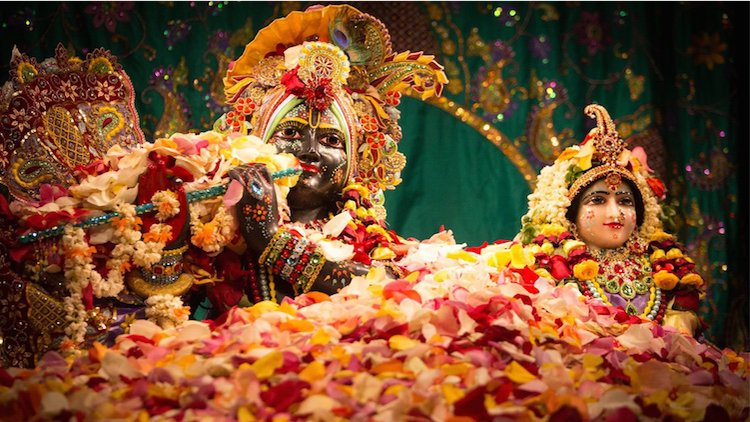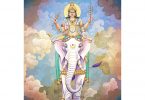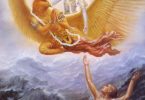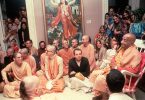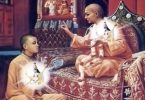Q. In some ISKCON temples, we see that celebrations are held for Rama-navami for example, and pictures of Sita Rama Lakshman Hanuman are displayed and revered by those who have some particular affection for those personalities. However, it seems that to honor Allah or Jehovah, Jesus Christ or Lord Buddha alongside Krishna would not be as readily acceptable. Someone asked me recently if there was any type of ceremony on Christmas and seemed a little surprised that nothing was done.
As ISKCON is not an Indian movement, can you elaborate on the reasons for which it might be in keeping with the ISKCON or Gaudiya Vaishnava tradition to honorably display Lord Rama, Lord Shiva or other personalities and avataras from the Vedic tradition, but not personalities from outside the tradition? I think this could be helpful for explaining clearly to others how the type of worship done in ISKCON temples is universal and not fundamentally Indian.
Answer by Romapada Swami: While we equally honor different manifestations of the Supreme Lord and all genuine saintly persons, our practices of worship are based on scriptural directions — specifically based on Shruti and Smriti, as handed down in disciplic succession.
We respect the teachings of different faiths that are concurrent with the eternal teachings of Vedic or sanatana dharma. And when it comes to the details of practice of different aspects of devotional service, it is natural that we worship, adore and follow closely in the footsteps of those particular saintly teachers and mahajanas in our disciplic tradition.
In other words, the principles of pure devotion are universal, but systematic cultivation of devotion constitutes practical activity, which is likewise to be guided systematically. Carefully and faithfully following all the regulative devotional activities as they are imparted within the disciplic line through the ages, without neglecting or whimsically changing them is called “tat-tat-karma-pravartana”, which is an important principle for developing bhakti. (Nectar of Instruction, verse 3)
The different vaishnava ceremonies, festivals and practices, the regulative principles of devotional service and the particular procedures and injunctions we follow etc are all prescribed in great detail in the vaishnava smritis (such as Hari-bhakti-vilas, and mentioned in principle in Nectar of Devotion Ch. 6). These activities or rituals are not to be seen as sectarian adherance to some particular man-made traditions that can be replaced by another set of traditions. In other words, the celebration of Rama Navami or Janmastami, and the specific manner in which they are celebrated etc are not merely ‘Indian traditions’ in the sense of a geographic or social or faith based tradition.
Note that it is misleading to think of “Vedic” tradition as belonging to India or to “Hinduism”. Rather, they are based on eternal principles and are integral parts of a sadhana process, designed carefully and scientifically to guide every aspect of life and fully engage the body, mind and speech of the practicing devotee, and thus systematically change their absorption and awaken their attachment to their worshipable Lord.
There may be other bona fide traditions with their particular practices, and the follower should carefully adhere to those details of practice, although it is seen that in this age most forms of spiritual traditions have lost their roots.
It is not unacceptable for a vaishnava to observe or commemorate an event such as Christmas or some event in honor of another saint from another tradition, although it may not be done as part of our prescribed worship in the temple. A vaishnava can participate in such events in consideration of time, place and circumstance, particularly if it will help in strengthening or revitalizing the original spirit of such observances for the participants, and bring them closer to love of God. But the manner of our celebration would be by highlighting and honoring the devotional teachings and saintly qualities associated with that person / event, in the light of the teachings of Bhagavad-gita and Bhagavatam, and by the performance of sankirtana.

